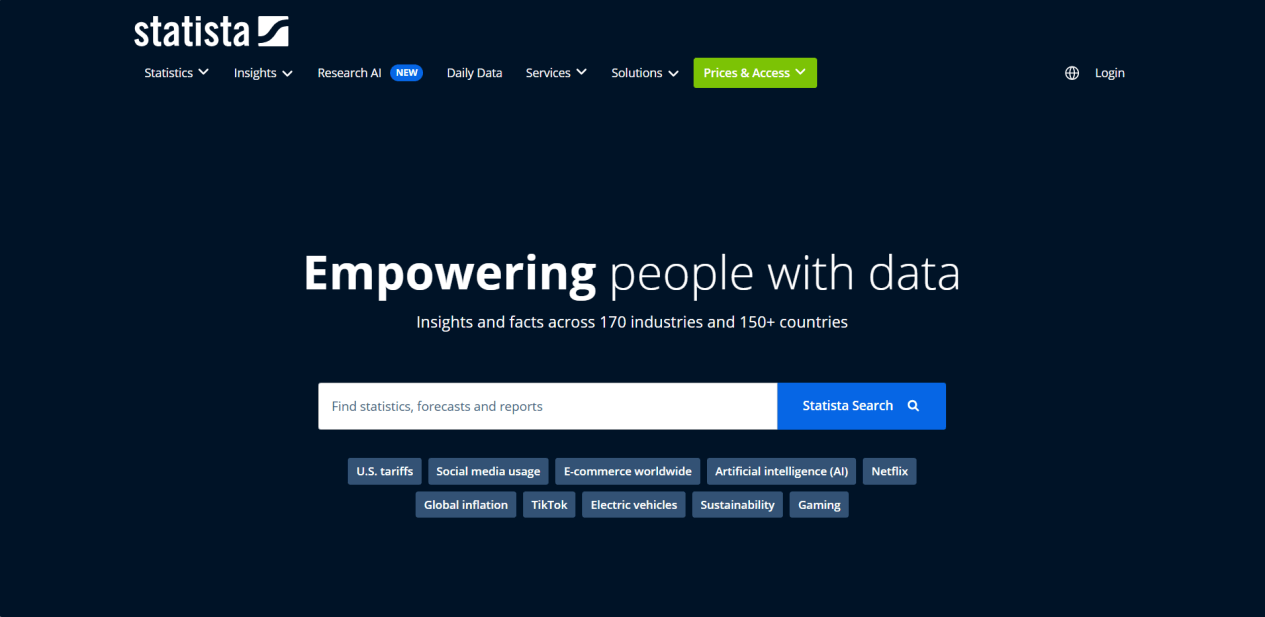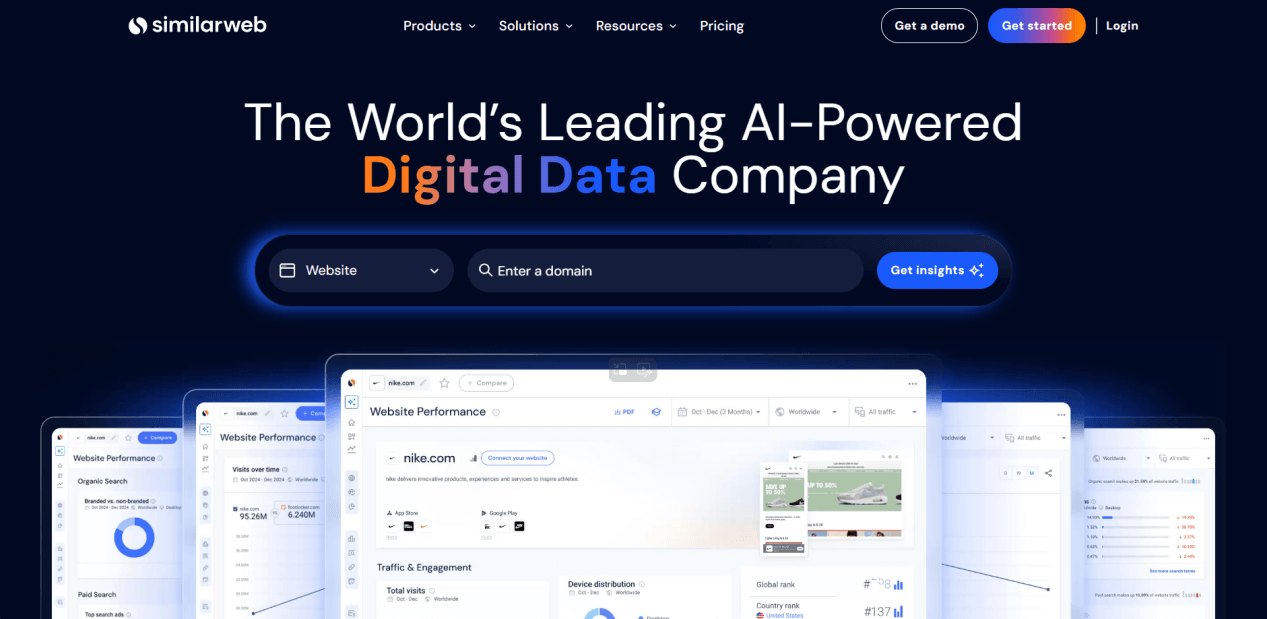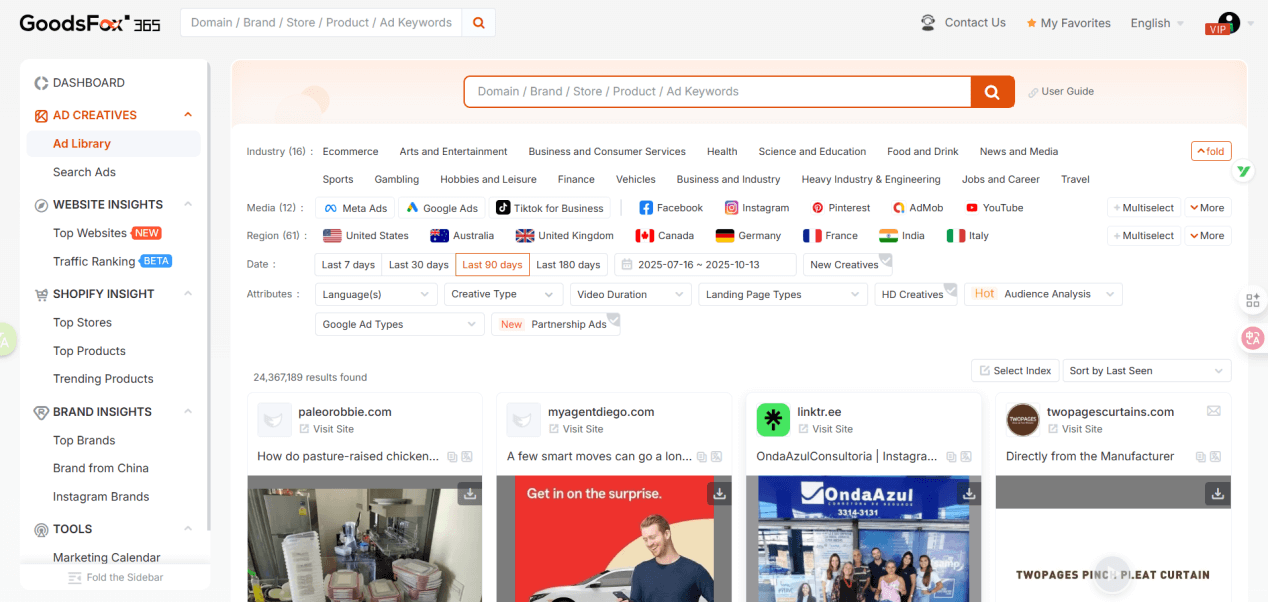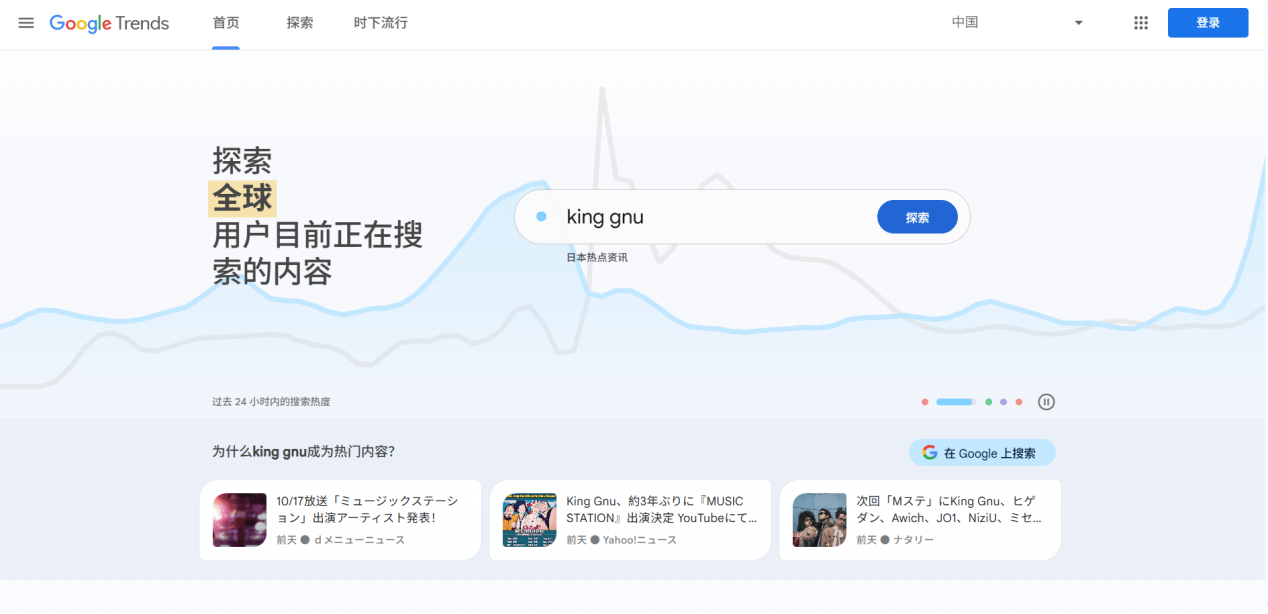1. What Is a DTC Store?
A DTC store (Direct-to-Consumer store) is the business model of selling products directly to customers and thereby bypassing any third-party retailers, wholesalers, or intermediaries.
Unlike platforms such as Amazon, TikTok, SHEIN, or TEMU, DTC stores allow sellers to fully control their domain, customer data, transactions, and brand narrative — achieving true independence and direct consumer engagement.
2. Why DTC Stores Need Market Research Tools
Sellers must optimize traffic acquisition, conversion, and retention. For unfamiliar markets, professional market intelligence tools are key. They offer three core advantages:
-
Product Trend Forecasting: Identify potential winning products, monitor product lifecycles, and avoid costly overstocking.
-
Competitor Insights: Analyze rival traffic sources, ad creatives, landing pages, and pricing tactics to find scalable success models.
-
Conversion Optimization: Study high-performing ad materials and user behavior to enhance ad ROI and engagement.
3. Essential Market Research Tools for DTC Stores
Statista
Statista is a trusted global data platform offering insights from over 80,000 topics across 600 industries. It compiles verified data from institutions and in-house research, covering e-commerce, consumer goods, and technology sectors.

You can filter data by industry, country, and time period. Reports include market size, consumer profiles, spending habits, and growth forecasts—ideal for building solid market-entry strategies.
SimilarWeb
SimilarWeb is a web analytics and competitive intelligence platform tracking over 200 million websites and apps worldwide.
It provides data on total visits, traffic sources, user engagement, keyword rankings, and competitor benchmarks.

Marketers can explore more than 210 e-commerce subcategories to understand seasonal demand and market dynamics.
For example, analyzing a beauty DTC site may reveal that 58.7% of its traffic comes from the U.S., with 42.3% from search traffic, of which 21.5% are branded queries — showing strong brand recall.
SimilarWeb’s comparison tool lets you evaluate multiple competitors at once to map out your market landscape.
SEMrush
SEMrush is an all-in-one digital marketing suite for SEO, paid ads, content marketing, and competitor analysis.
You can analyze keyword difficulty, backlink profiles, ad performance, and domain visibility.

Its “Keyword Gap” feature identifies keywords that drive traffic for competitors but not your site — exposing new ranking opportunities.
Meanwhile, the “Advertising Research” module reveals competitors’ ad copies, keywords, and landing pages on Google, offering actionable insights for your paid campaigns.
GoodsFox
GoodsFox is an ad intelligence platform built for e-commerce marketers.
Covering 61 countries and 12 major ad networks (including Facebook, TikTok, and Google), it enables users to monitor global ad trends across categories, advertisers, and timeframes.

You can view competitors’ active ads, creative formats, targeting strategies, and audience data. Each ad links to the original landing page for deeper analysis.
GoodsFox also features Store and Product Rankings across 23 categories, helping users identify trending products and emerging markets.
Its Partnership Ads function further uncovers influencer collaborations, saving brands hours of manual research for KOL discovery.
Google Trends
Google Trends is a free tool from Google that tracks real-time and historical search data.
It shows keyword popularity over time, regional interest, and related search terms.

This helps merchants identify seasonal demand shifts, forecast product trends, and discover content opportunities for SEO and campaigns.
By comparing keyword trends across regions and timeframes, DTC sellers can fine-tune their marketing calendar and inventory planning.
4. Summary and Recommendations
For cross-border sellers, these tools form a complete decision-making framework across the DTC journey:
-
If you haven’t started running your independent site yet
Begin with Statista for macro market research. Understand the target country’s market size, consumer trends, and audience profile to define your direction. Once you’ve identified your target market, use GoodsFox to explore advertising trends and product popularity. This helps you spot profitable niches and potential categories, enabling more data-driven product selection decisions.
-
When your independent site enters the operation stage
Tools like SimilarWeb and SEMrush become essential for analyzing and optimizing traffic. SimilarWeb helps you track competitors’ traffic structure and user sources to uncover market patterns, while SEMrush focuses on SEO and ad keywords to find high-potential traffic opportunities and improve campaign strategies. Meanwhile, GoodsFox continues to deliver competitive ad intelligence and KOL collaboration insights, helping you monitor industry trends. Google Trends complements this by revealing real-time search interests and regional demand shifts, allowing you to adjust your content and marketing rhythm dynamically.
There’s no universal tool — only the right combination for your business stage.
Smart DTC marketers turn data into insights, and insights into sustainable growth.